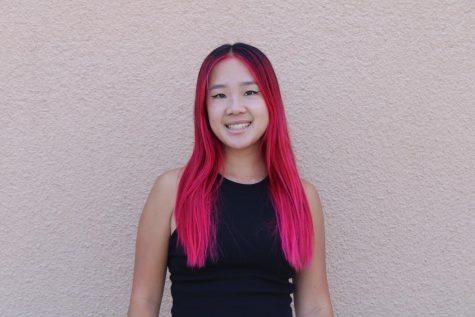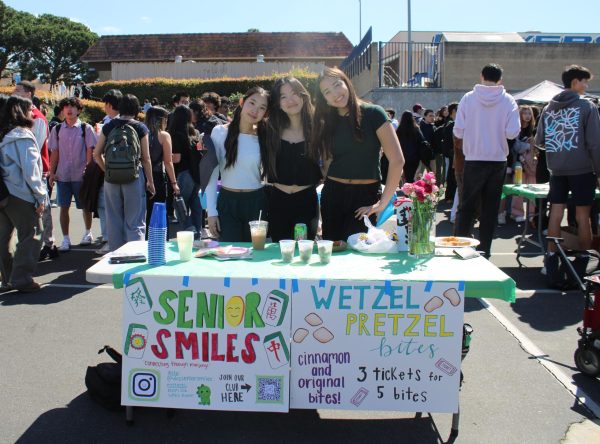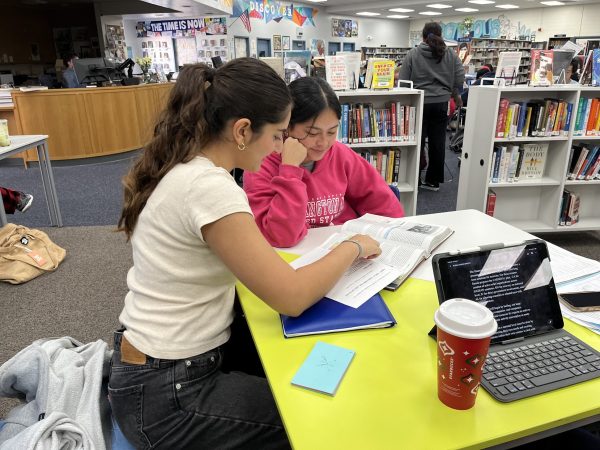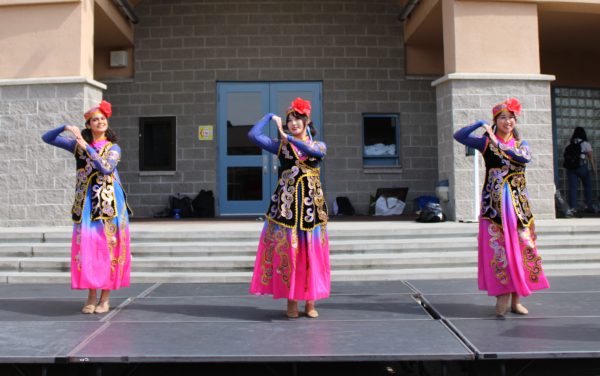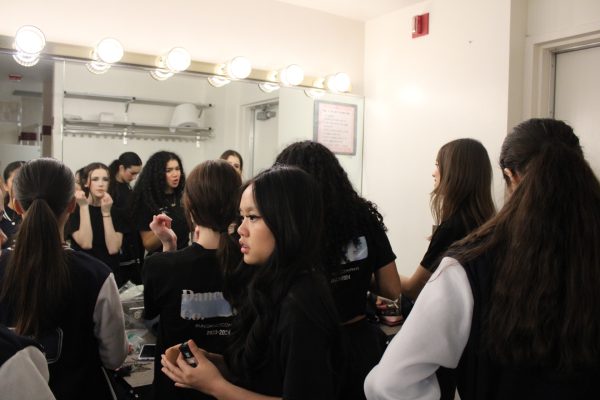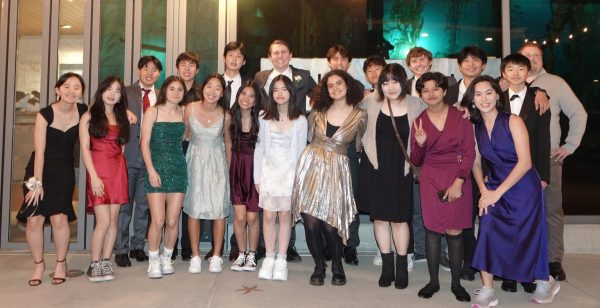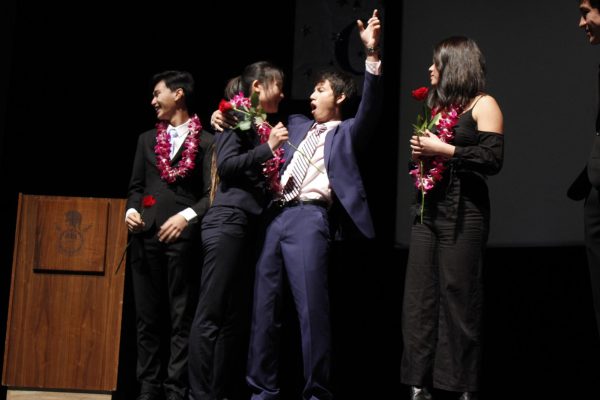A Month of Writing Novels
December 14, 2020
National Novel Writing Month encourages young writers to explore and develop their writing skills (David Klein).
What does it take to write a novel? This is the question many writers considered throughout the month of November, as over 300,000 people worldwide took part in National Novel Writing Month (NaNoWriMo), an online writing challenge that encourages writers to complete a 50,000 word project in the span of 30 days. While NaNoWriMo started out as a challenge to help individuals reach their novel-writing goals, it has become an international event for writers to connect, share their writing processes, and motivate each other. The official organization, NaNoWriMo, issues regular writing challenges, prompts, and word count goals to inspire young writers.
Among those young writers were several UHS students. The Write Here. Write Now. club, UHS’ creative writing club, offers a space for students to share their writing and participate in various writing activities. At the beginning of the month, members were introduced to NaNoWriMo and encouraged to start a new project for the month of November.
“We’ve been promoting NaNoWriMo and have seen some amazing work from club members who are either writing solo or with their friends,” sophomore Allison van Erp, Write Here. Write Now. co-president, said. “We try to have a featured writer share their work at each meeting to motivate themself and inspire other club members.”
The creative writing club gives students the opportunity to collaborate on their work or share their writing. During NaNoWriMo, this was especially helpful in encouraging students to follow through with the challenge.
“My writing process is usually sporadic, so I feel that having someone else read my work is very motivating,” van Erp said. “That’s also why I love our creative writing club at Uni, Write Here. Write Now. We’re a group of like-minded and supporting writers who motivate and inspire me.”
Another member of the club, sophomore Aniyah Shen, also took part in NaNoWriMo.
“I love the broad reach [NaNoWriMo] has,” Shen said. “The thought that you, a young, aspiring writer, are partaking in the same challenge as so many other writers—including professionals and famous authors—is just super cool.”
Although NaNoWriMo can be a rigorous challenge for students who have to balance school life and extracurricular activities, writing also serves as a stress reliever for many teens. Not only did NaNoWriMo provide participants with a project to channel their creativity into, but it also guided people through their own individual writing journey.
“For me, the most precious aspect of creative writing is the temporary escape it gives me from my thoughts,” Shen said. “It gives me a space where I can sit down and get into a ‘Flow State’ that can pull me away from the more stressful, negative, anxiety-ridden everyday thoughts or turn them into cohesive forms.”
Even though a definitive word count may seem difficult to achieve and possibly even discouraging, many, like sophomore and Write Here. Write Now. co-president Alyssa Feng, just used the month and word count goal as a tool of motivation.
“I really like that it helps you set a goal for trying to finish a novel. Too often, I find myself pushing writing aside for lack of time, but NaNoWriMo has a lot of resources and tips that help you stay committed,” Feng said.
The NaNoWriMo challenge is accessible to those wishing to participate during quarantine since the entire challenge is done virtually. NaNoWriMo offers various writing camps and virtual seminars throughout the year, and the 50,000 word challenge can be completed during any month to exercise your creative energy. Although NaNoWriMo officially takes place during November, the organization offers tools for writers to attempt the challenge during a different month or strengthen their writing skills in preparation for the next NaNoWriMo challenge.



